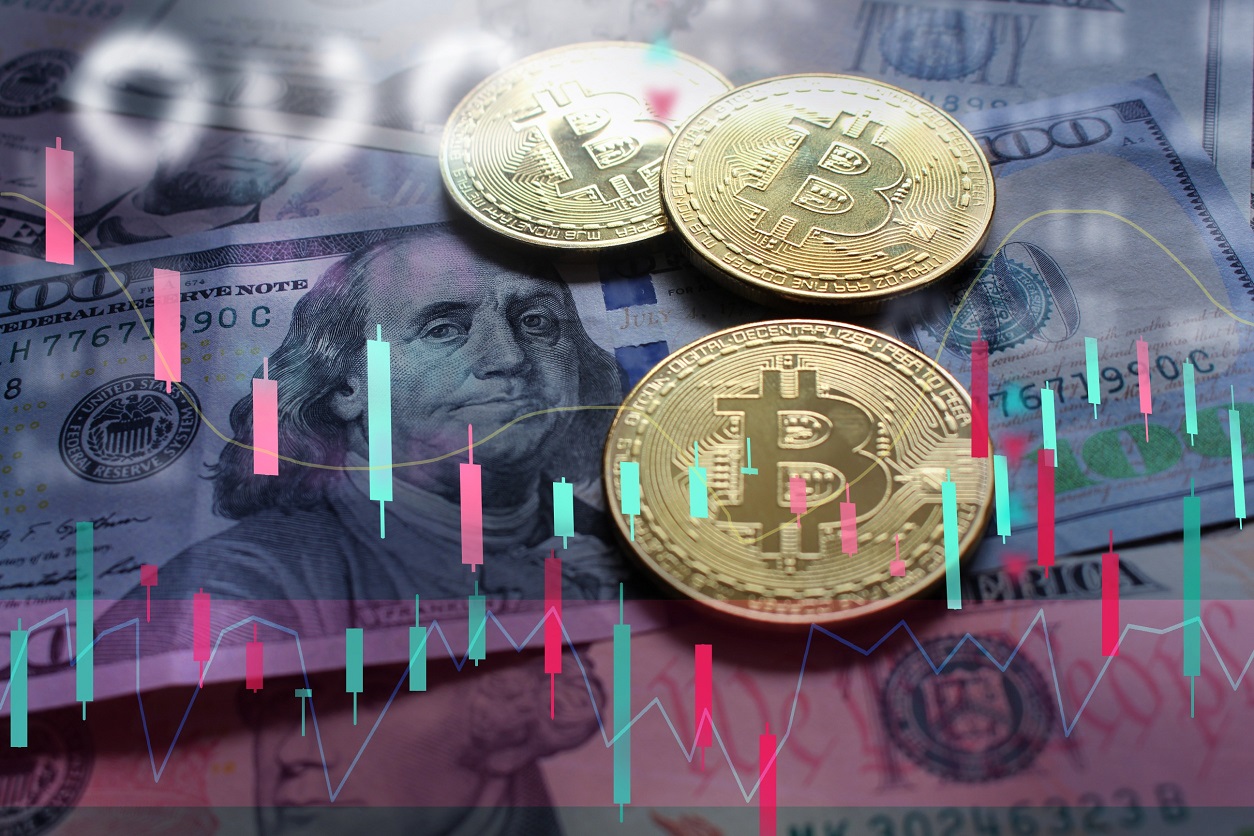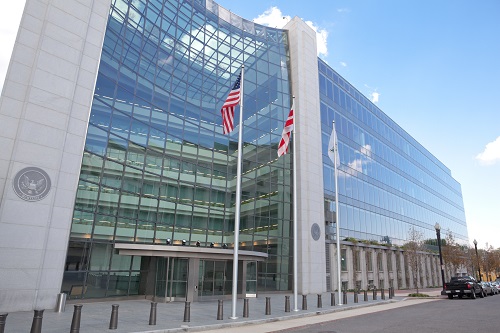
Bitcoin isn’t getting less volatile, and that’s a massive problem – a Report

Bitcoin was 26X more volatile on a weekly basis than the euro in 2022, up from 19X in 2021 and 16X in 2020
Key Takeaways
- There is a perception that Bitcoin’s volatility is coming down, however the data fails to back this up
- Bitcoin’s volatility fell until 2015, but it has not improved since then
- In comparing the asset’s returns to the Nasdaq and individual stocks, it blows them out of the water
- Bitcoin’s average volatility vs USD on a weekly basis was 26X greater than the euro last year, up from 19X in 2021 and 16X in 2020
Bitcoin and volatility are like the two leads in a rom-com. They may have some time apart intermittently, but you know that they will get back together before long.
But are things improving? I have written plenty about what I believe is the single biggest challenge to Bitcoin ever “achieving” anything of note – volatility. We at CoinJournal.net dove in to assess whether the situation is getting better.
Realised volatility
The first step is charting the realised volatility. We annualised the annualised mark over a rolling 30-Day window, which in layperson’s terms means we assessed the magnitude of the movement by looking at a rolling 30-Day window.
The chart shows two things right off the bat. The first is that Bitcoin was all over the place until 2015, which is not surprising. At that point, it was still a niche Internet currency few had heard of, and its liquidity was minimal. While this article is striving to assess whether Bitcoin’s volatility is coming down, it is hard to put any weight into pre-2015.
The short answer is that it certainly has come down since before this time, but you don’t need much analysis to deduce that. The interesting part is whether it has continued to come down. Let’s zoom in on the time period since 2015.
Certainly a less perceptible trend, but it does look like the tail end – that being the latter half of 2021, 2022 and the start of 2023 – may suggest Bitcoin is calming down a little.
Upon further inspection, it doesn’t really hold, however. The period is devoid of any big isolated spikes which we have seen in the past – see March 2020 above, for example – which makes it seem like it has been serene. But aside from not offering an explosion of brief movement, the last couple of years have still offered near-constant volatility, and not dissimilar to what we have seen for much of the previous years.
“I was expecting a little more improvement with regard to Bitcoin’s volatility,” said Max Coupland, Director of CoinJournal. “There is a common perception in the space that Bitcoin’s volatility is coming down. But the CoinJournal research team had a hard time backing this up with numbers.
In truth, while the period since 2015 has undoubtedly seen Bitcoin become mainstream and its price move sharply upwards as a result, its trademark volatility remains as fierce as ever. Bitcoin, in the short-term at least, remains more of a gamble”.
Bitcoin is still too volatile to be a store of value
Bitcoin is still yo-yoyoing like there is no tomorrow.
Perhaps the below chart is a more intuitive display of this. The simple reality is that, if the asset is ever to act as a store of value, it is vital that these days where it moves 5%, 6%, 7% (or more) become a thing of the past.
It hasn’t happened to date.
The point is a simple one, but it bears repeating. An asset can’t lay claim to being a store-of-value (and certainly not a currency) while it is oscillating so wildly. People point towards developing world currencies as unsafe to store one’s wealth (and they are correct – looking at you Lebanon, Argentina and Venezuela), but Bitcoin is still a currency that can crater 20% overnight. Is that much better?
Volatility less severe over long time periods
Like anything, the volatility of Bitcoin does settle down a little when assessing it on a larger time frame.
The next chart plots the average daily returns over the prior 30 days. Again there is a noticeable downtrend to 2015, but not much improvement afterwards.
Zooming in on the prior graph, looking at the period since January 2020 (i.e. the pandemic bull market and the post-pandemic collapse) shows that while these moves are not overly large – they don’t spike over 3% – these are still daily averages, meaning the gain and loss is averaged out. And even then, 3% on a daily basis is far beyond what it needs to be.
Bitcoin’s volatility can’t compare to mainstream assets
When comparing Bitcoin to anything but other cryptocurrencies, the contrast is stark. If Bitcoin is a mainstream asset, it carries volatility unlike anything else. That, above all, is the killer point.
An apt comparison is the Nasdaq, which is the more tech-heavy index and hence prone to more volatility. Over the last couple of years, this has rung especially true, as the world has transitioned to rising interest rates and the stock market plays a game of cat-and-mouse with the Federal Reserve.
Tech is particularly sensitive to interest rates because profit is not a favoured word in Silicon Valley. Instead of profits, companies are commonly valued off the promise of future cash flows, with unicorns seeing fat valuations off the back of these future cashflows being discounted at 0% rates. That is no longer the case, and hence we have seen share prices collapse and layoffs flood across the sector.
Nonetheless, comparing the Nasdaq’s volatility to Bitcoin is like comparing a great white shark to a goldfish. It’s just not a fair fight.
Of course, the Nasdaq is an index comprised of 100 stocks, and so when I say it’s not a fair fight to compare its volatility to Bitcoin’s, that is literally the case.
But even if we plot the volatility of some individual stocks of the Nasdaq against Bitcoin, the divergence is clear.
In summary, Bitcoin has a hell of a long way to go. In my eyes, this has always been its biggest challenge: to overcome this volatility. If it doesn’t, then what is really the point of this asset? You can’t have a store-of-value if it is prone to massive plunges in price.
I will finish with one more comparison – of where Bitcoin needs to get to, to illustrate how far it still has to go. To be a store of value, Bitcoin’s volatility needs to be (at least) on par with major currencies.
The below chart compares its volatility since 2015 to the euro, the newest of the “premier” currencies, launched around two decades ago.
The final chart below shows this another way, in weekly terms. In fact, on a weekly basis, Bitcoin was 26 times more volatile than euro in 2022. It was 19X greater in 2021 and 16X greater in 2020 – yet further evidence that the volatility is not dissipating.
It’s clear Bitcoin has a long way to go. That is accepted by most. But the thought that the volatility is coming down is a misconception, at least to date.
As for the future, well who knows?
Research Methodology
We drew price volatility measures from Glassnode, with our Analyst, Dan Ashmore, building the charts and comparing to other assets. Price data for stocks was scraped from Yahoo Finance.
If you use our data, then we would appreciate a link back to https://coinjournal.net. Crediting our work with a link helps us to keep providing you with data analysis research.

